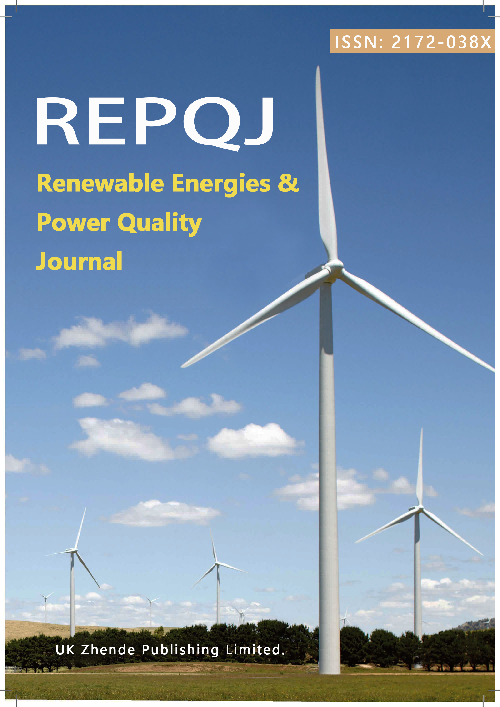GIS Sub-Health Status Assessment Based on Multi-Frequency Signal Feature Cascade Network
DOI:
https://doi.org/10.52152/4418Keywords:
Gas-insulated switchgear, Multi-frequency signal analysis, Feature fusion network, Pruning lightweight, Sub-health statusAbstract
GIS (Gas-Insulated Switchgear) equipment generates multi-band partial discharge, electromagnetic vibration, acoustic emission and other signals during operation. Existing single-mode analysis is difficult to accurately identify complex faults, and the false alarm and missed alarm rates are high. A multi-frequency signal feature cascade network is proposed. Through frequency band decomposition, deep feature extraction and fusion attention mechanism, the early and accurate assessment of GIS sub-health status can be achieved, thereby improving the operation safety and equipment life. In this study, the original discharge, electromagnetic vibration and acoustic emission signals are first decomposed by Daubechies4 wavelet packet, and the signals are divided into three frequency bands: low, medium and high. Then, they are input into the corresponding branches. Subsequently, each branch uses convolutional neural network and self-attention module to collaboratively extract weak fault features in time domain and frequency domain. Next, the features output by each frequency band branch are cascaded in the channel dimension, and the redundancy is compressed and the key frequency band information is strengthened by fusion attention mechanism. Parameter sharing and network pruning technology based on L₁ norm are used to achieve model lightweight while maintaining accuracy. Finally, with the help of transfer learning and adversarial training framework, GIS data of different manufacturers and models are fine-tuned and optimized. Experiments show that under 5-fold cross validation, the proposed model has an F1 score of 0.923 and an AUCof 0.897, which is significantly better than baseline models such as ResNet-18 and SVM. In the detection of key faults such as partial discharge, the average warning time is 62.3 minutes and the detection rate exceeds 98%. In addition, the single sample delay of the model on the platform is only 29.9ms, which meets the real-time requirements. The results show that this method has high recognition accuracy, strong real-time and environmental adaptability, and is suitable for actual GIS sub-health monitoring.
Downloads
Published
Issue
Section
License
Copyright (c) 2025 Yuan Sun, Tao Wu, Guoyuan Chen, Xiuling Hu (Author)

This work is licensed under a Creative Commons Attribution 4.0 International License.











